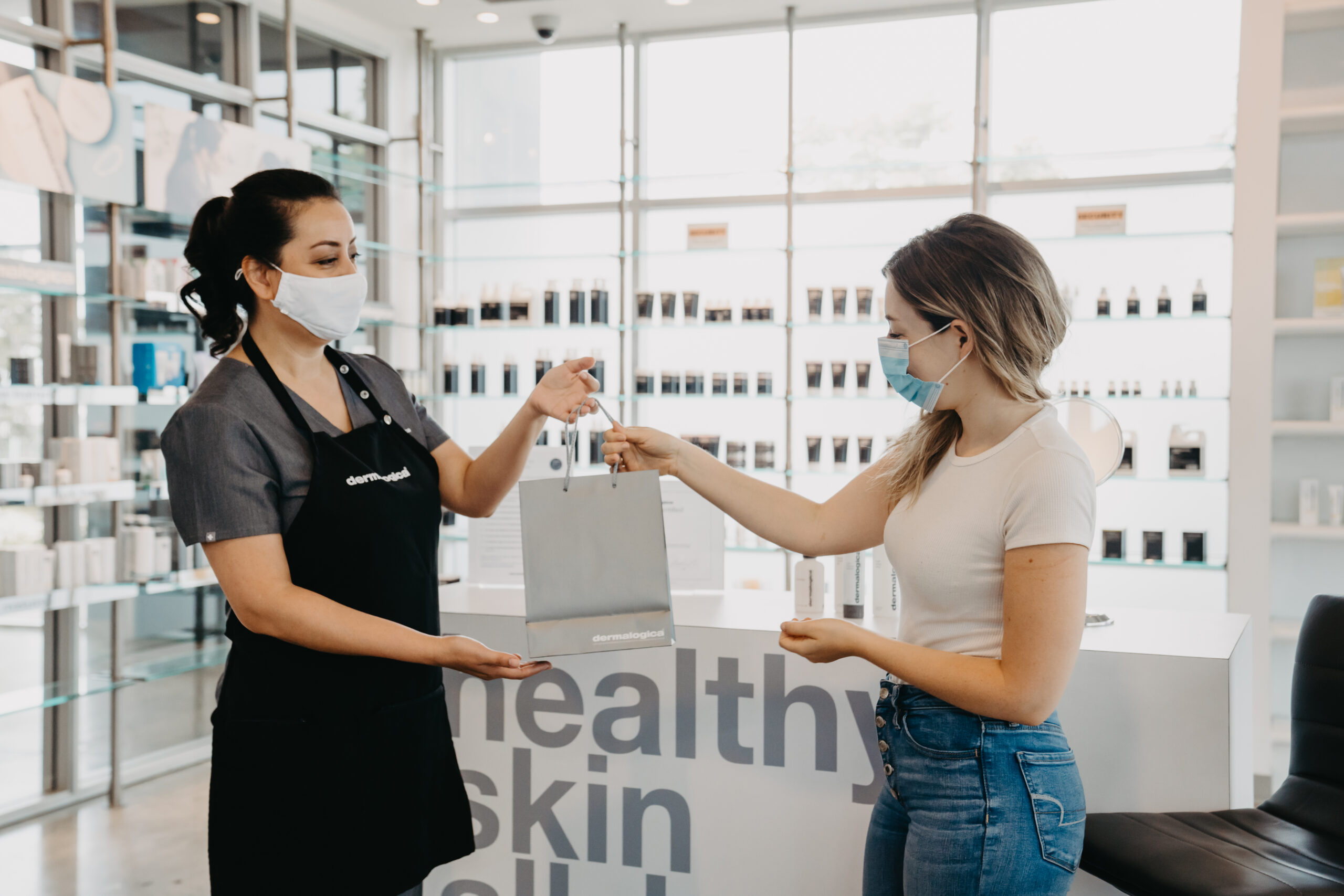
It’s often said well-behaved women rarely make history.
The same applies to marketing and branding ideas. These kinds of ideas don’t define brands, and they don’t outsell the competition in terms of moving product off the shelves.
In some branding and marketing circles, the ultimate praise given to an idea is that it’s a no-brainer-meaning it’s a safe, sure thing. For instance, the Sleeping Beauty image that prevails in skin care advertising, brochures and packaging can usually be classified this way. It depicts a lovely woman reclining with her eyes closed. Often her hair is strewn with wildflowers, similar to a floating Ophelia.
This image offends no one-except for those who find it extremely boring. Worse yet, it can be difficult to tell one brand from the next when this dreamy, dreary image is used time and time again.
Staying Safe
It’s true that an idea such as the Sleeping Beauty can’t go too far wrong. After all, what’s not to like? But because it’s been seen a hundred times before, it’s no longer enough. People are bombarded with marketing images all day every day, so the concepts have to be more real, more emotionally compelling and more authentic than ever to break through. One theory says your brand identity should offend no one; however, this is where I recommend you depart from conventional wisdom.
The fact is you may have to turn off a few people in order to turn on the people you really want to reach. This is the risk of making any kind of strong statement-that somebody won’t like it. The Sleeping Beauty paradigm in skin care advertising can be considered this kind of safe idea. Yes, it works, but in the long run it won’t work well enough to distinguish your brand from your competitors. What makes someone remember a brand and seek it out is a touchstone of emotional authenticity in the product’s positioning and campaign that goes beyond the safe, usual and predictable.
A Clear Identity
To find your way beyond the no-brainer and into the truly inspired, you have to consider your target market and who she is. But even more important is understanding who you are as a brand.
What is the most important thing your brand offers, and what is the most crucial idea at the heart of your brand message? Uncover the answers to these questions, and then craft messages that connect to this most essential truth about who you are as a company, culture and product-realizing that you yourself are a product apart from the tubes and bottles on your shelves.
This element of establishing and maintaining a clear brand identity is even more essential than researching your intended client, which is why I’ve never hired focus groups in the development of products. Not to offend any colleagues, but in my opinion, mediocre, safe ideas are born out of processes such as focus groups. Remember, if Henry Ford had asked a focus group what they needed, he would have been told, “A faster horse.”
Focus groups draw reference from what they already know-not a new, big idea. Focus group ideas would most often qualify as no-brainers, which is typically not something a brand aspires to. Instead, I’ve always asked that our team keep its focus on who we are as a brand. In doing so, we have drawn our ideal clients to us in a sufficient number to make the brand successful and, above all else, recognizable in an increasingly cluttered marketplace.
Needless to say, these definitions and parameters make for some interesting conversations around the marketing table. Reaching beyond the safe, toward the bigger idea, we are always sharpening, refining and polishing our understanding of who we are as brand. This keeps the team on track conceptually in terms of mission and cultural brand values.
Brainstorming For The Big Idea
Even with all of this planning and diligence, however, innovative ideas don’t tend to fall from the sky. How, then, do you get that big idea? Prepare to unfasten your safety belt, and do not store your tray table in its full and upright position. You must come to the table with a message capturing the excitement that brought you to the spa industry in the first place.
This message-including the images and language it uses-must communicate why you worked so hard to get your skin care license, why you’re willing to stay up past midnight washing towels every night, and why you provide countless hours of dedicated service to your craft. Does a photo of a sleepy woman with cucumber slices on her eyes inspire your clients to pick you out of the crowd or rebook an appointment with you? Not likely.
Get back to the heart of the matter-why you’re madly passionate about this work-then collaborate with your creative team to capture that feeling in your marketing and branding. Focus on something active, charged-up, energetic, engaged and fully conscious. It can be perceived as a risky move because almost no one else in the industry is doing this, but that is not a bad thing. The Sleeping Beauty paradigm is so familiar and safe it has become pervasive. But frankly, she puts me to sleep, too, and the fact is, she’ll probably do the same to your bottom line.
So look alive. The ultimate message of the big idea is this: You have to wake up in order to get it, and stay awake in order to sustain it. Pushing beyond the sleepy comfort zone of the familiar and seeking your big idea will awaken new potential in your business and help guide your creative journey to the next big thing.
Related articles
How Does Menopause Affect Your Skin?
Healing the Industry, the World and Ourselves
Controlling Aging Skin
stay in the know
Get special offers on the latest developments from Front.



